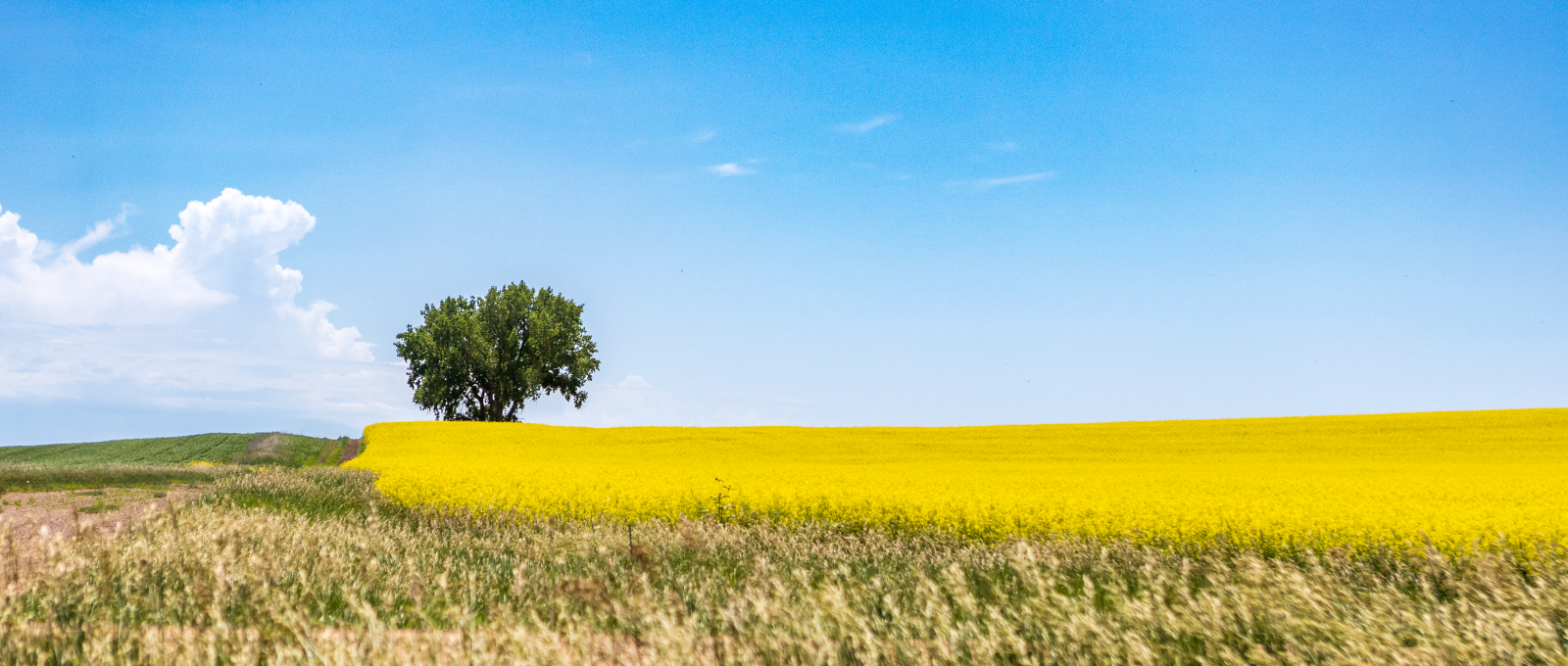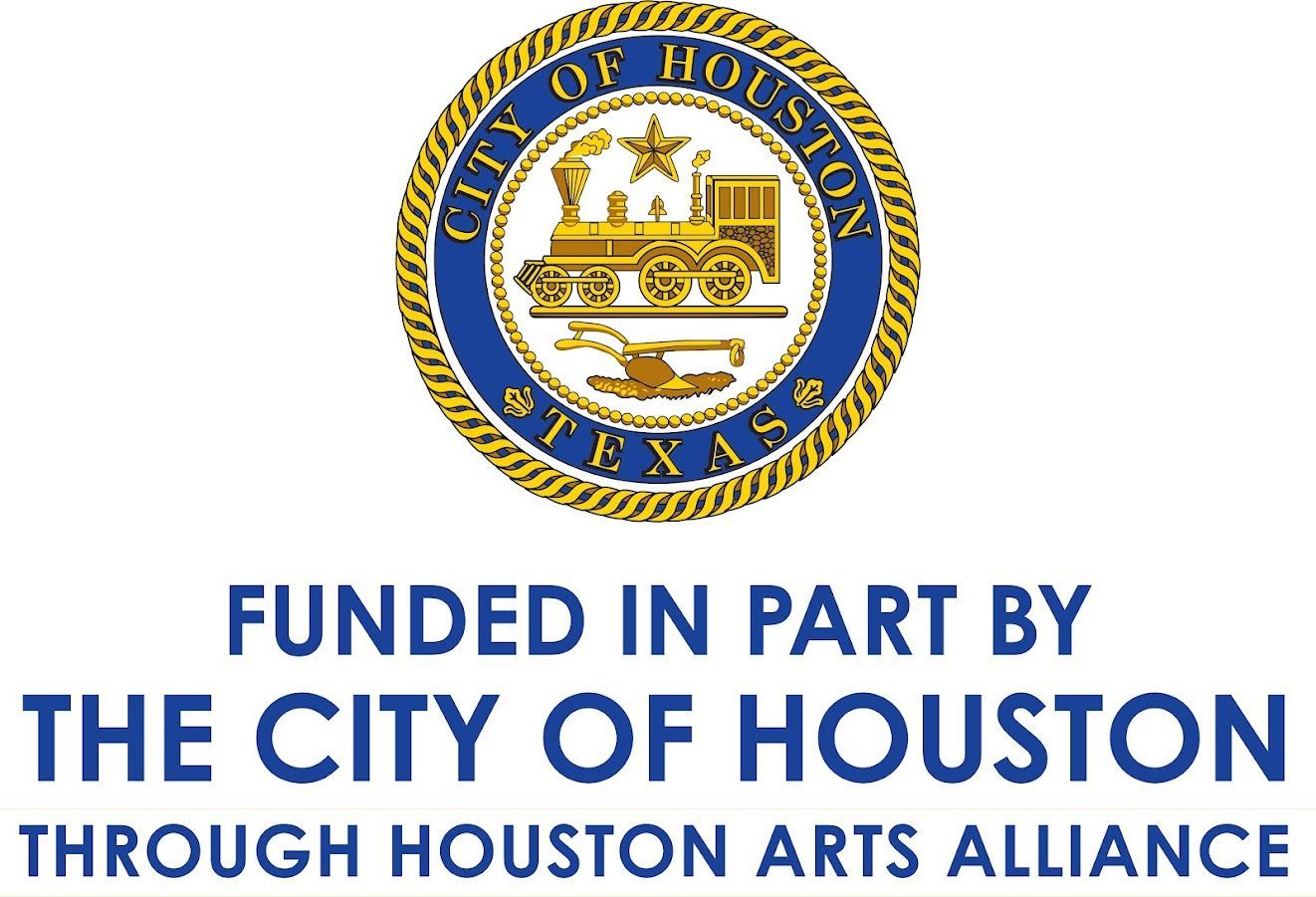Our Shared Work Against Dehumanization
The Effects of the World
Nov. 3, 2023
Friends,
I shared coffee with a dear friend one morning last week. Before the pandemic, we met monthly, and it has taken until now for us to rebuild the habit. Like so many of my conversations since Oct. 7, we discussed the horror of Hamas' massacre of Israeli civilians, the Israeli military's invasion of Gaza, and the horrors we fear and imagine will follow. Neither a Palestinian nor an Israeli, not Jewish nor Muslim, I am situated far outside of the zone of apparent impact or concern.
And yet of course it does impact each one of us because it impacts our whole community. Good friends have relatives in Israel right now, and have friends here in Houston whose children have headed to Israel as lone soldiers serving with the Israeli Defense Force. Muslim friends have expressed terror that this opens a new era of suspicion of, and violence against, their communities. The Anti-Defamation League and the Council on American-Islamic Relations have released separate reports outlining stark increases in hate incidents against Jewish and Muslim people in America since Oct. 7. Our government takes active positions for which, as a citizen, I bear responsibility. Houstonians sit on Air Force carriers in the Mediterranean, preparing for potential action.
Perhaps like you, my newsfeed and inbox are full of graphic depictions of human suffering and expressions of raw rage and fear. My discomfort bears no comparison to the suffering of those whose communities are directly affected. Comparison, in this moment, seems worse than useless as a way of addressing the enormity of our emotional experiences. It devolves quickly into false moral equivalences and complex histories brutally simplified into white hats and black hats — with our communities, or those to which we are loyal, wearing the white ones. Complexity is obliterated in the need for a certainty that looks like a pure moral position and feels like a release from unbearable tension.
When we experience threats to life, whether to us or to others, biological mechanisms activate to ensure our survival. Our pupils dilate, our digestive system shuts down, our blood pressure goes up, our muscles ready for action. Most of us are familiar with the three most common responses: fight, flee, freeze (there are others). When we watch video or read accounts of the grinding horror unfolding in Israel and Palestine, we may enter this state ourselves. Fighting, freezing, fleeing are the responses our bodies demand.
When this happens, survival needs dominate all else. We risk losing connection with our own humanity and that of those we believe to threaten us and our communities. We quickly lose the capacity to see the perceived threats as human beings. They become animals, demons, vermin, named so by those intent on breaking down our resistance to killing, done in our name or by our own hand. Dehumanization is a powerful mechanism, consciously and unconsciously deployed to ready us for action that we would otherwise abhor. And we become dehumanized ourselves by these overwhelming forces intent on pushing us so far into fear and rage that we lose our capacity for empathy and thought.
At that coffee on Friday, my friend and I turned again and again to a passage from the Irish poet W.B. Yeats: "The best lack all conviction, while the worst/Are full of passionate intensity." Yeats wrote in the immediate wake of the horrors of World War I, at the beginning of the Irish War for Independence, and as his pregnant wife lay perilously close to death during the 1918-1919 flu pandemic. Of course, each of us can act with passionate intensity in good conscience and with compassion; in our worst moments we can willfully avoid action and accountability by remaining aloof. But Yeats' observation resonates strongly with me in this critical moment when dehumanization and hate are rising out of passionate intensity.
Rage and fear are not all we are feeling. In a letter to the community, Elaine Howard Ecklund, the director of the Boniuk Institute for the Study and Advancement of Religious Tolerance at Rice University, wrote: "I am drawn to the practice of lament—a practice from my own religious tradition and many others. To lament is to have a deep and passionate sense of sorrow and grief."
Our work against dehumanization has to include allowing ourselves to feel the full range of our emotions. Noticing when we are overwhelmed and returning to our bodies, to this present moment (we can do this simply, by noticing and naming four things we see around us, three things we hear, two things we feel against our skin). Seeking out opportunities, not to debate, but to listen deeply, with respect and empathy, to those whose experiences are very different from ours right now. Contemplating deeply before and as we act. And standing up against the voices that attack the humanity of others – whether we encounter them in the world, in our communities, or within us.
With sorrow and grief,
Sean Fitzpatrick
Executive Director
The post Our Shared Work Against Dehumanization appeared first on The Jung Center of Houston, Texas.






